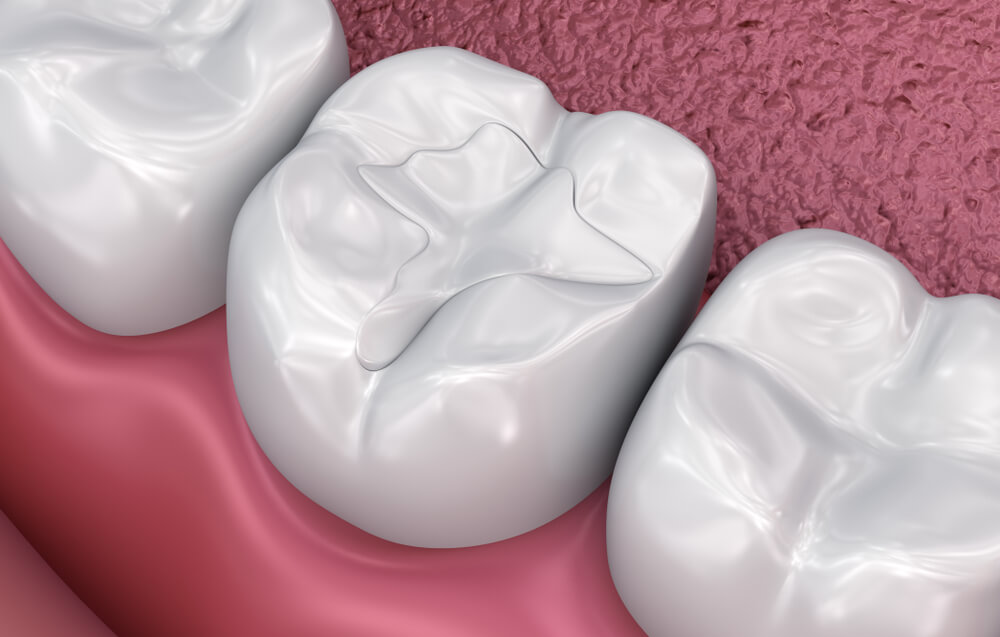When good oral hygiene habits like brushing and flossing are not kept, harmful bacteria are allowed to remain on the tooth surfaces. These bacteria produce acids that eat away at the tooth enamel, creating holes called cavities. Left untreated, cavities can deepen, eventually reaching the tooth root and potentially requiring an extraction. To prevent this level of damage, it’s advisable to treat the cavities in their early stages. For this, dental fillings will be placed.
Fillings are placed into a tooth after the decay has been removed in order to restore the tooth structure. They can be made of a variety of materials, each with its own pros and cons. Types of tooth fillings include gold, silver amalgam (a composite of mercury, silver, and other metals), tooth-colored composite, and porcelain. The most commonly used type of filling is composite because it can be matched to the natural tooth color, making it less conspicuous than amalgam fillings. The type of filling used for you will depend on cost, what your insurance may cover, and your aesthetic preferences.


The procedure for placing dental fillings is fairly simple and straightforward. It takes about one hour and can usually be completed during one appointment. X-rays may be taken to give your dentist a better view of the damage to the teeth. Before starting the treatment, the affected tooth, as well as the surrounding areas, will be numbed to avoid and lessen discomfort. Your dentist will remove the decay by drilling it out. The tooth will then be cleaned and etched with a mildly acidic solution before the filling material is placed. This will help the filling material to bond better with the tooth. The filling is placed in layers to strengthen it. To complete the procedure, excess material will be removed, and the filling will be molded to fit with the bite of the teeth and polished.
Following the procedure, your mouth will probably be numb for a few more hours, but you should be able to use the tooth.
Fillings are most often used to treat cavities, but they can also be used to repair damage to the teeth caused by injury or teeth grinding (bruxism). With proper care (brushing and flossing), fillings should last for many years. They do wear out over years of use but can be replaced if needed.
We will be glad to file a predetermination for you to verify coverage of any necessary dental treatment. We accept most PPO insurances. Don’t be discouraged if you don’t have dental insurance. We have a dental membership plan that is an excellent alternative to dental insurance. Our membership plan has an affordable annual fee that offers a discount on all your preventative care program.




